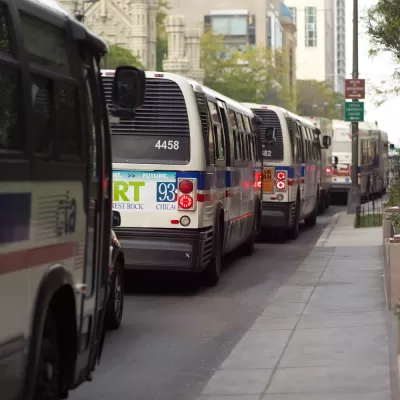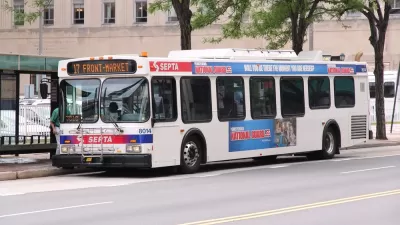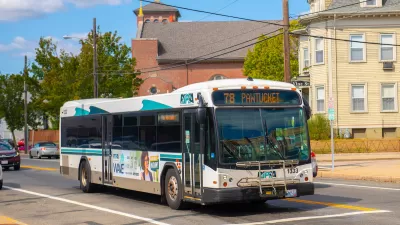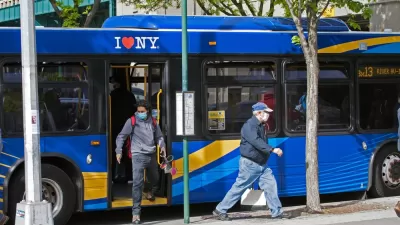All good transit wonks have an opinion on proof of payment.

Aarian Marshall reports on the expanding use of proof of payment systems for transit systems. "Europe got into 'proof of payment' systems—where wandering personnel request evidence you paid your way—in the 1960s," writes Marshall. "They made it to American shores, mostly in light rail systems, by the 1990s." The benefits of proof of payment systems, according to acolytes: "Faster vehicles, less crowding, and thus more frequent service, leading (hopefully) to more riders overall."
As 21st century technology make proof of payment easier (think Apple Pay and transit cards loaded onto smart phones), more cities are considering the model of Oslo, where even fare scofflaws are treated with a degree of indifference. The San Francisco Municipal Transportation Agency is one of the most recent American transit agencies to install a proof of payment system, using the " tap-able Clipper Card." Since that system has been in place since 2012, the SFMTA has tracked the difference in system performance. "In tourist-heavy areas, the system’s bus and streetcar dwell times per stop dropped 13 percent. Before, each person getting on or off needed 6.8 seconds. Now, they take 3. 5 seconds."
FULL STORY: Ignoring Fare Evaders Can Make Mass Transit Faster—And Richer

Americans May Be Stuck — But Why?
Americans are moving a lot less than they once did, and that is a problem. While Yoni Applebaum, in his highly-publicized article Stuck, gets the reasons badly wrong, it's still important to ask: why are we moving so much less than before?

Using Old Oil and Gas Wells for Green Energy Storage
Penn State researchers have found that repurposing abandoned oil and gas wells for geothermal-assisted compressed-air energy storage can boost efficiency, reduce environmental risks, and support clean energy and job transitions.

Placekeeping: Setting a New Precedent for City Planners
How a preservation-based approach to redevelopment and urban design can prevent displacement and honor legacy communities.

Colorado Lawmakers Move to Protect BRT Funding
In the face of potential federal funding cuts, CDOT leaders reasserted their commitment to planned bus rapid transit projects.

Safe Streets Funding in Jeopardy
The Trump administration is specifically targeting bike infrastructure and other road safety projects in its funding cuts.

Six Reasons Why Housing Is a Human Right
Is housing a human right? A law professor shares six reasons why it should be, from its role in protecting other rights to global recognition and U.S. legal traditions. As public support grows, could housing be the next right written into law?
Urban Design for Planners 1: Software Tools
This six-course series explores essential urban design concepts using open source software and equips planners with the tools they need to participate fully in the urban design process.
Planning for Universal Design
Learn the tools for implementing Universal Design in planning regulations.
Heyer Gruel & Associates PA
City of Moreno Valley
Institute for Housing and Urban Development Studies (IHS)
City of Grandview
Harvard GSD Executive Education
Salt Lake City
NYU Wagner Graduate School of Public Service
City of Cambridge, Maryland





























